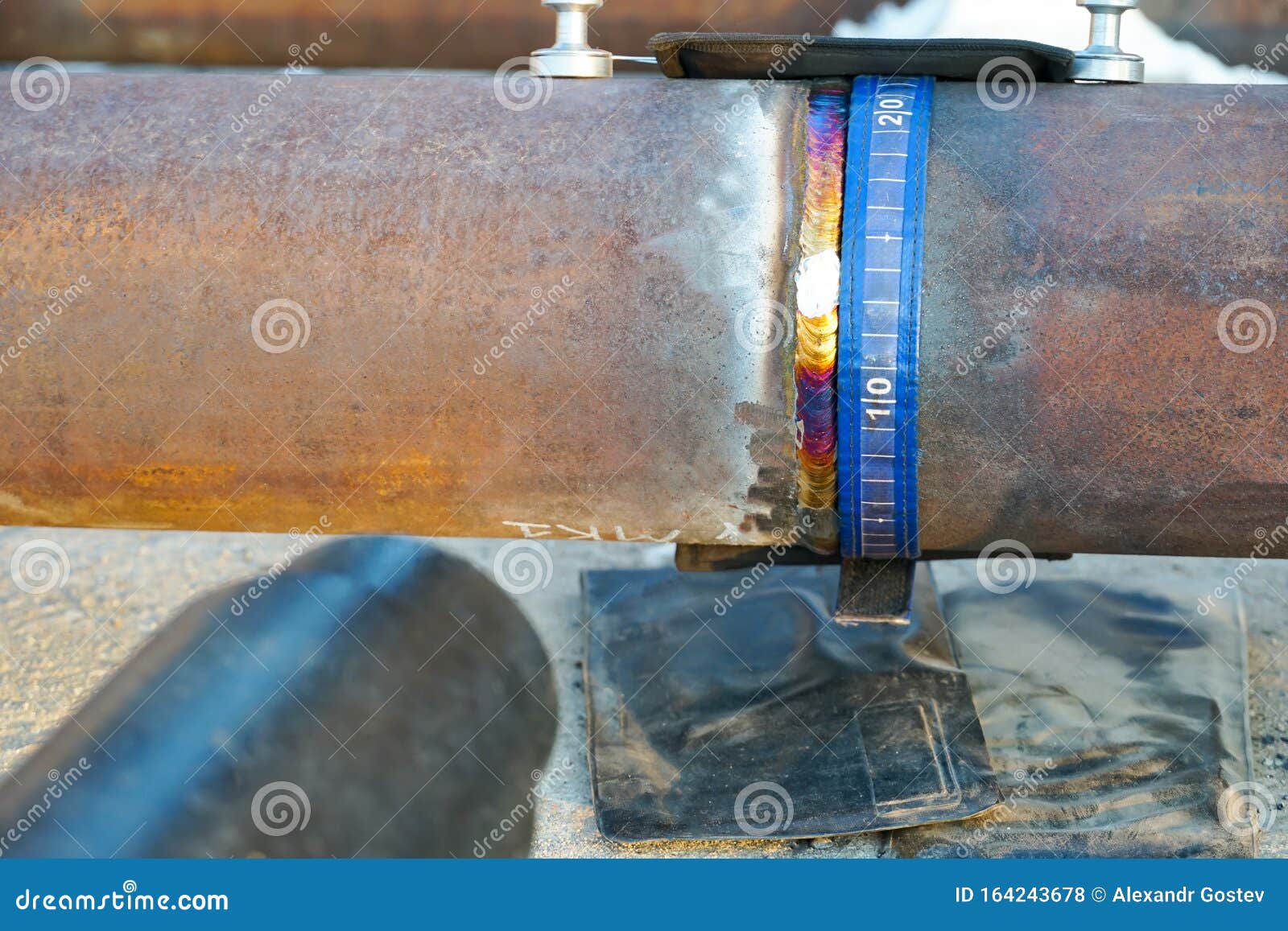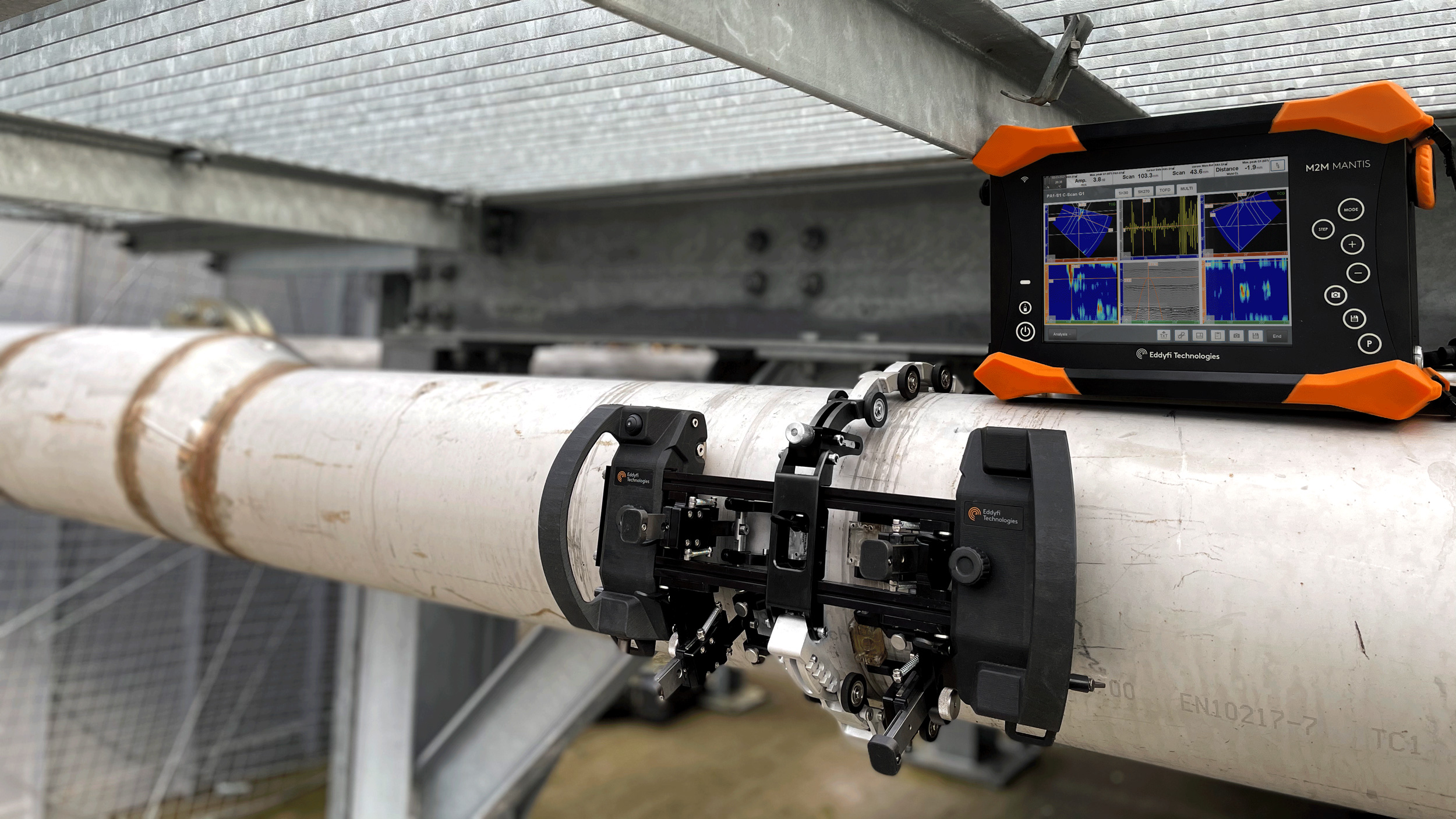Recognizing the Principles of Pipe Welding Assessment: Important Aspects for Examining Weld Quality and Preventing Failings
In the world of pipe welding inspection, the stakes are unquestionably high, demanding a detailed understanding of essential concepts to guarantee weld quality and alleviate failing risks. Different crucial variables come into play, including the option of suitable materials, the application of sophisticated examination techniques, and the recognition of common welding defects.
Value of Weld Top Quality
The honesty of a pipeline is essentially reliant on the high quality of its welds, making weld top quality a crucial consider making certain effective and secure operation. A pipeline weld works as a junction point where materials are signed up with, and any kind of shortages in this field can bring about significant structural weak points. Poor weld top quality can lead to leakages, ruptures, and tragic failures, posturing significant safety and security threats and environmental dangers.
A number of elements add to the high quality of a weld, consisting of the choice of welding process, the abilities of the welder, and the problems under which the welding is executed - Pipeline Welding Inspection. Inadequate prep work, inappropriate warmth input, and contamination can jeopardize weld stability, resulting in problems such as porosity, incomplete blend, or splits. Consequently, rigorous quality assurance actions have to be carried out throughout the welding process to reduce these risks
In addition, the long-lasting performance of a pipeline is heavily affected by the longevity of its welds. High-grade welds not only enhance the total stamina of the pipeline yet likewise expand its solution life, decreasing the requirement for costly fixings and downtime. Thus, guaranteeing superior weld high quality is critical in pipeline style and maintenance techniques.
Key Assessment Techniques
Ensuring weld top quality necessitates the execution of efficient inspection strategies to identify possible defects prior to they result in failings. Pipeline Welding Inspection. Amongst the most commonly used techniques are aesthetic evaluation, radiographic testing (RT), ultrasonic screening (UT), and magnetic fragment screening (MT) Each technique is and offers a distinctive function chosen based upon the details requirements of the pipeline project
Visual examination is the first line of protection, permitting inspectors to examine surface area conditions, positioning, and overall handiwork. It is a cost-efficient and fast method that can expose apparent defects. Radiographic testing gives a detailed sight of inner weld integrity by making use of X-rays or gamma rays to identify subsurface flaws. This technique is especially efficient for identifying cracks, additions, and spaces.
Ultrasonic testing uses high-frequency audio waves to review the thickness and stability of welds, making it suitable for identifying inner interruptions. Magnetic bit screening is a trusted approach for recognizing surface and near-surface defects on ferromagnetic materials by applying magnetic areas and great ferrous fragments. By using these crucial examination techniques, pipe welding examiners can ensure the finest quality criteria are maintained, ultimately bring about much safer and much more trusted pipeline systems.
Usual Welding Issues
In the realm of pipe welding, comprehending typical welding issues is essential for preserving structural integrity and safety and security. These flaws can bring about disastrous failures if not recognized and resolved promptly. Among the most prevalent problems are porosity, which occurs when gas allures in the weld metal, developing spaces that damage the joint. One more substantial problem is absence of fusion, where the weld steel does not sufficiently bond with the base material, endangering the joint's strength.

Cracks are likewise an essential concern, manifesting in various types such as hot fractures, chilly splits, and origin splits. Each type poses distinct obstacles and requires particular examination techniques for discovery. Undercut is one more flaw that can lower the weld's cross-sectional location, resulting in tension concentration points, while slag addition occurs when non-metallic product comes to be entraped in the weld swimming pool, negatively impacting the mechanical residential or commercial properties of the weld.
Furthermore, incorrect bead form can bring about irregular stress and anxiety distribution. Recognizing these usual flaws is necessary for examiners and welders alike, as early detection and correction are crucial to ensuring the durability and integrity of pipe systems.

Products and Their Impact
Choosing the suitable products for pipe welding considerably affects the total performance and reliability of the read more welded joints. The selection of base steels, filler materials, and finishings plays a crucial function in figuring out the toughness, corrosion resistance, and sturdiness of the welds. As an example, carbon steel is frequently used for its equilibrium of strength and cost, however it might be at risk to deterioration in certain environments, requiring making use of corrosion-resistant alloys or protective coatings.
Furthermore, dissimilar steel welding needs cautious consideration of thermal growth buildings and possible galvanic deterioration. The compatibility of products can substantially influence the microstructure of the weld, bring about variants in mechanical buildings. As an example, stainless-steel supplies exceptional rust resistance however may require specific filler products to make certain an audio weld joint.
On top of that, the impact of temperature and ecological problems on material selection can not be underestimated. High-strength steels might shed ductility at elevated temperature levels, while low-temperature applications could need materials with enhanced sturdiness. Inevitably, comprehending the ramifications of material selections is necessary for accomplishing optimal weld top quality and stopping failures in pipe systems.

Regulative Requirements and Compliance
Governing criteria and conformity play a crucial duty in pipe welding, developing the structure within which efficient and secure techniques are maintained. These criteria are established by different companies, consisting of the American Culture of Mechanical Designers (ASME), the American Welding Society (AWS), and the Pipeline and Hazardous Materials Security Administration (PHMSA) Complying with these guidelines makes certain that welding procedures meet this the required high quality and security benchmarks.
Conformity with governing requirements is crucial not only for ensuring the honesty of the welds however likewise for shielding the environment and public security. Examiners are charged with confirming that welding operations follow these requirements through rigorous examinations of both the procedures and the last welds. This entails reviewing welder qualifications, welding treatments, and the products made use of.
Failure to abide by well-known guidelines can result in significant repercussions, including costly repair work, legal liabilities, and disastrous failures. Consequently, organizations have to incorporate conformity into their functional methods, cultivating a culture of safety and quality. Routine training and audits are vital elements in maintaining adherence to these regulatory criteria, guaranteeing that all personnel are educated and furnished to maintain the highest levels of pipe welding quality.
Verdict
In final thought, an extensive understanding of pipeline welding examination is important for making certain weld high quality and avoiding failings. By using crucial inspection techniques and acknowledging usual welding issues, assessors can effectively evaluate the stability of welds. webpage Factor to consider of product option and adherence to regulatory standards even more improve the dependability and security of pipe systems. Inevitably, these techniques add to the avoidance of leakages and catastrophic failures, underscoring the crucial significance of extensive assessment processes in pipeline building and construction and maintenance.
In the world of pipeline welding evaluation, the stakes are unquestionably high, necessitating a thorough understanding of basic concepts to guarantee weld quality and mitigate failing dangers (Pipeline Welding Inspection).The integrity of a pipe is essentially reliant on the top quality of its welds, making weld high quality a vital element in guaranteeing effective and secure procedure.Several variables contribute to the top quality of a weld, consisting of the choice of welding procedure, the skills of the welder, and the problems under which the welding is carried out. Undercut is an additional defect that can decrease the weld's cross-sectional area, leading to stress and anxiety concentration factors, while slag inclusion takes place when non-metallic material comes to be trapped in the weld swimming pool, detrimentally influencing the mechanical buildings of the weld
In final thought, a comprehensive understanding of pipeline welding examination is crucial for making certain weld high quality and protecting against failures.